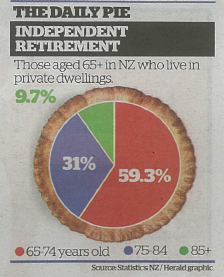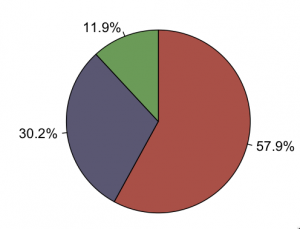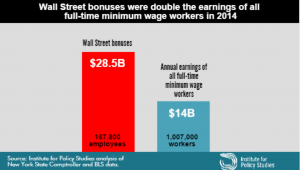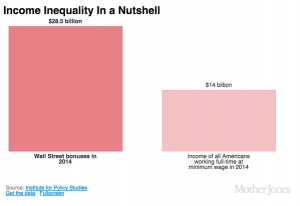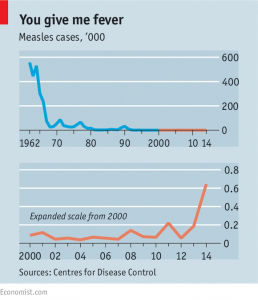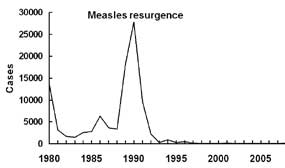Doesn’t add up
Daniel Croft nominated a story on savings from switching power companies for Stat of the Week. The story says
The latest Electricity Authority figures show 2.1 million consumers have switched providers since 2010, saving $164 on average for the year. In 2014, 385,596 households switched over, collectively saving $281 million.
and he argues that this level of saving without any real harm to the industry shows there was serious overcharging. It turns out that there’s another reason the story is relevant to StatsChat. The savings number is wrong, and this is clear based on other numbers in the story.
A basic rule of numbers in journalism is that if you have two numbers, you can usually do arithmetic on them for some basic fact-checking. Dividing $281 million by 385,596 gives an average saving of over $700 per switching household. I find that a bit hard to believe — it’s a lot bigger than the ads for whatsmynumber.org.nz suggest.
Looking at the end of the story, we can see average savings for people who switched in each region of New Zealand. The highest is $318 for Bay of Plenty. It’s not possible for the national average to be more than twice the highest regional average. The numbers are wrong somewhere.
We can compare with the Electricity Authority report, which is supposed to be the source of the numbers. The number 281 appears once in the document (ctrl-F is your friend):
If all households had switched to the cheapest deal in 2014 they collectively stood to save $281 million.
So, the $281 million total isn’t the estimated total saving for the 385,596 households who actually switched, it’s the estimated total saving if everyone switched to the cheapest available option — in fact, if they switched every month to the cheapest available option that month — and if they didn’t use more electricity once it was cheaper, and if prices didn’t increase to compensate.
All the quoted savings numbers are like this, averages over all households if they switched to the cheapest option, everything else being equal, rather than data on the actual switches of actual households.
